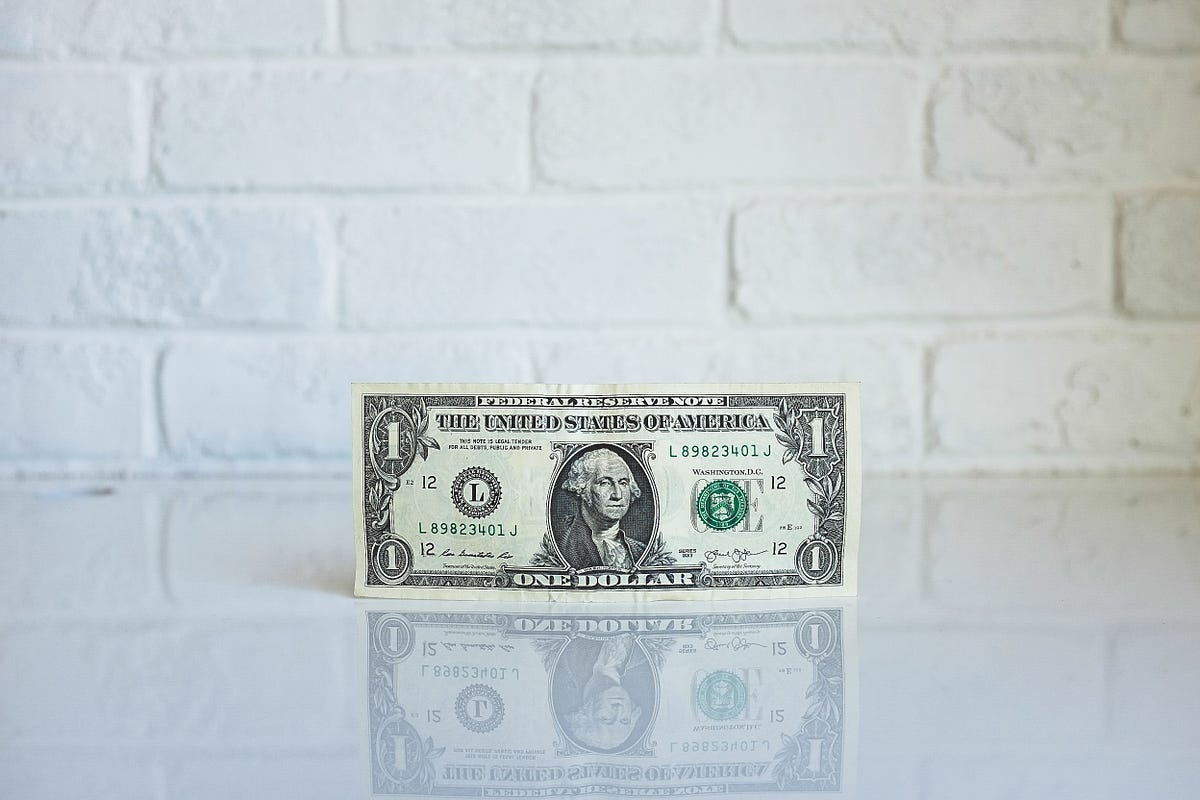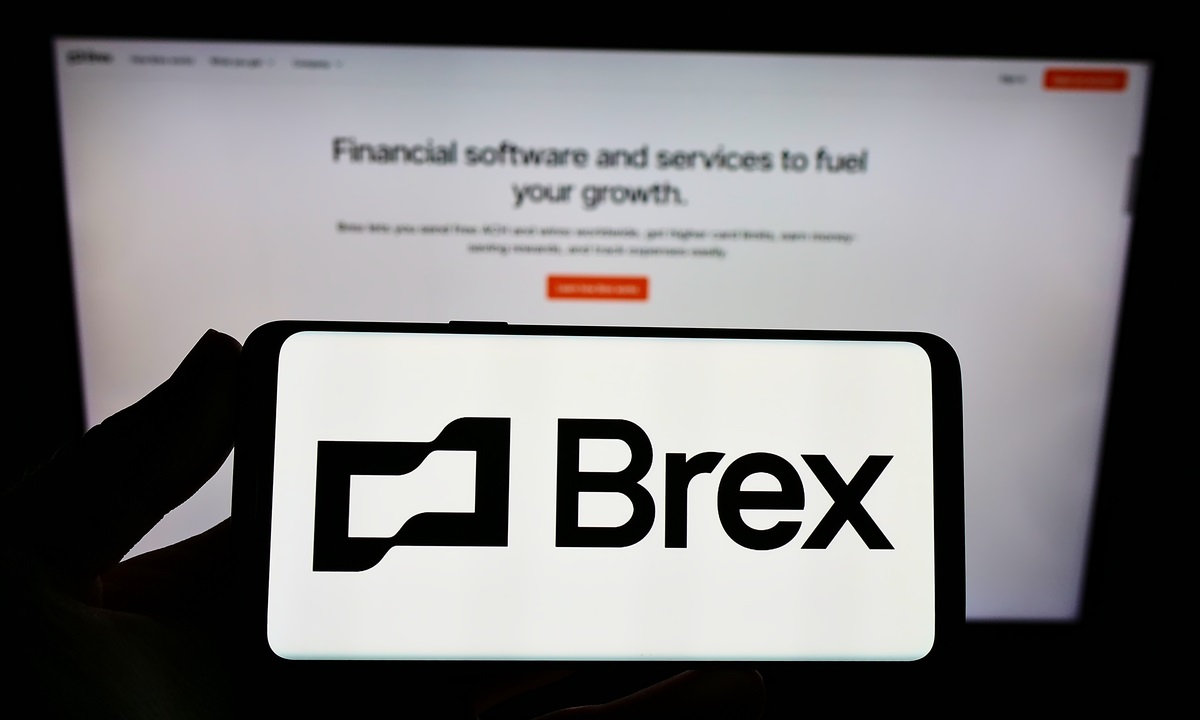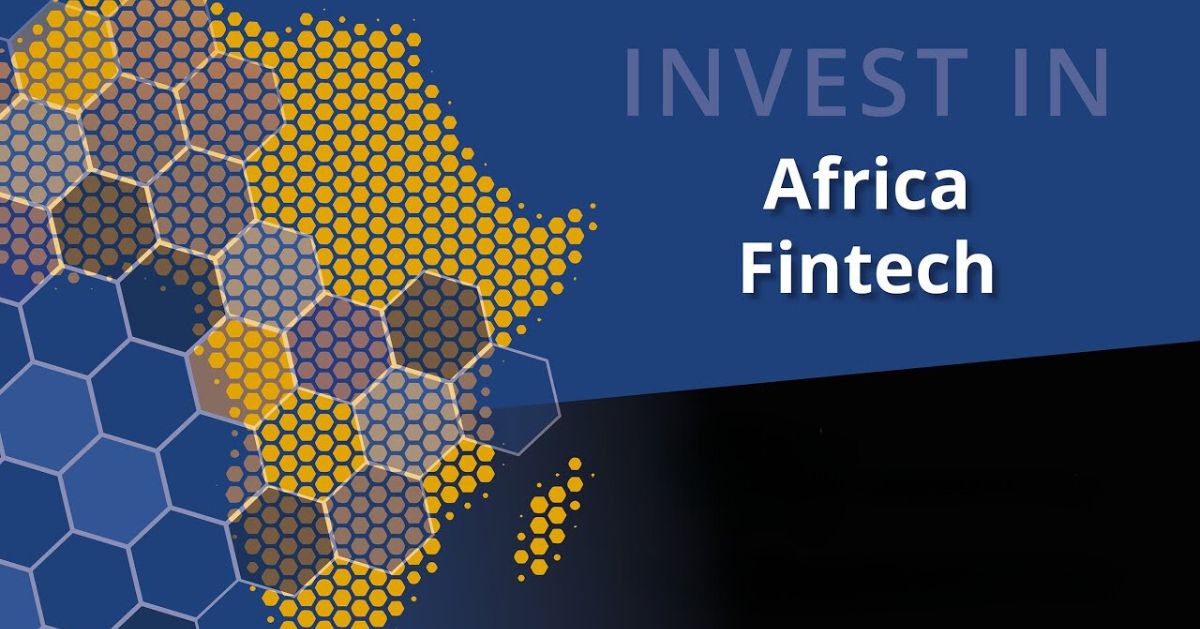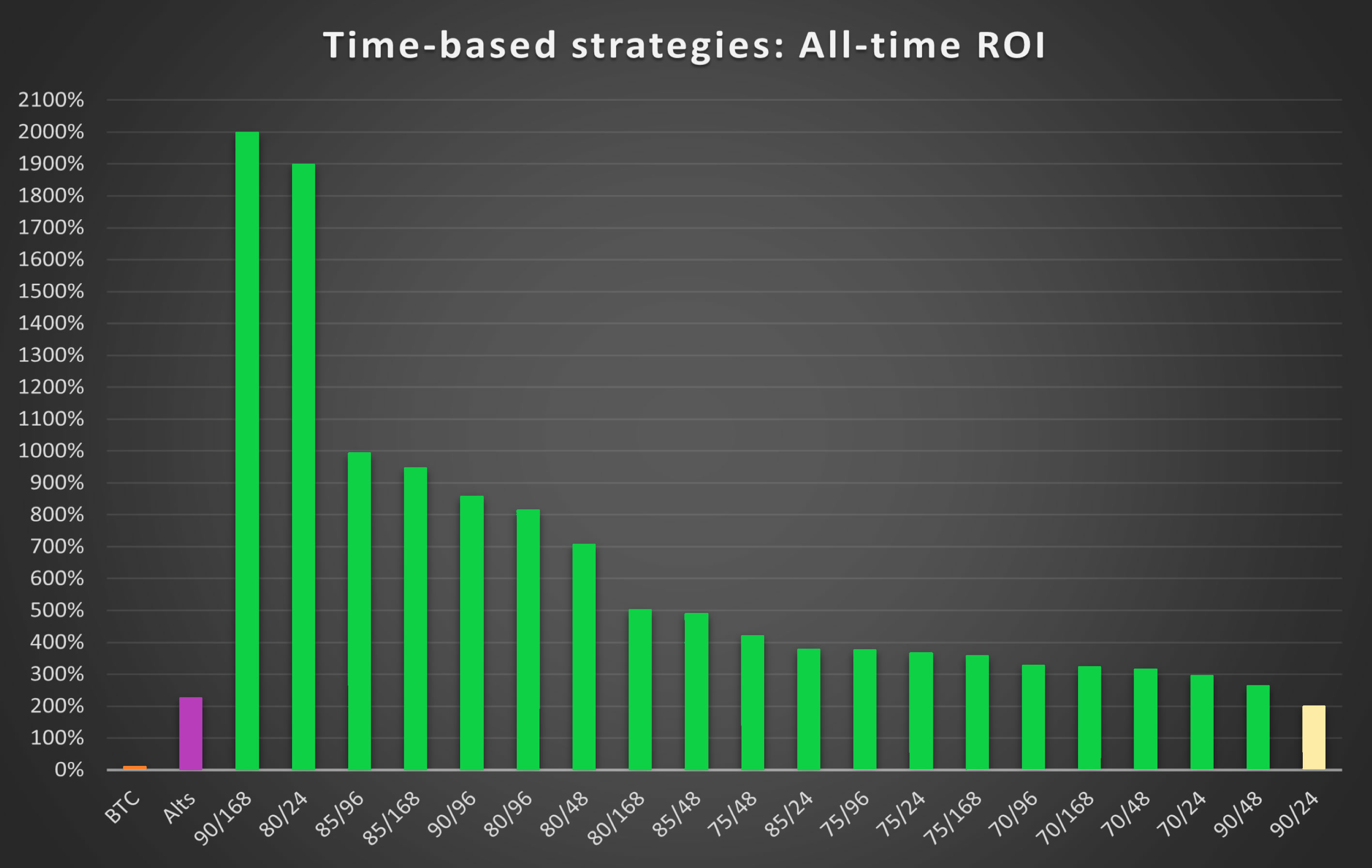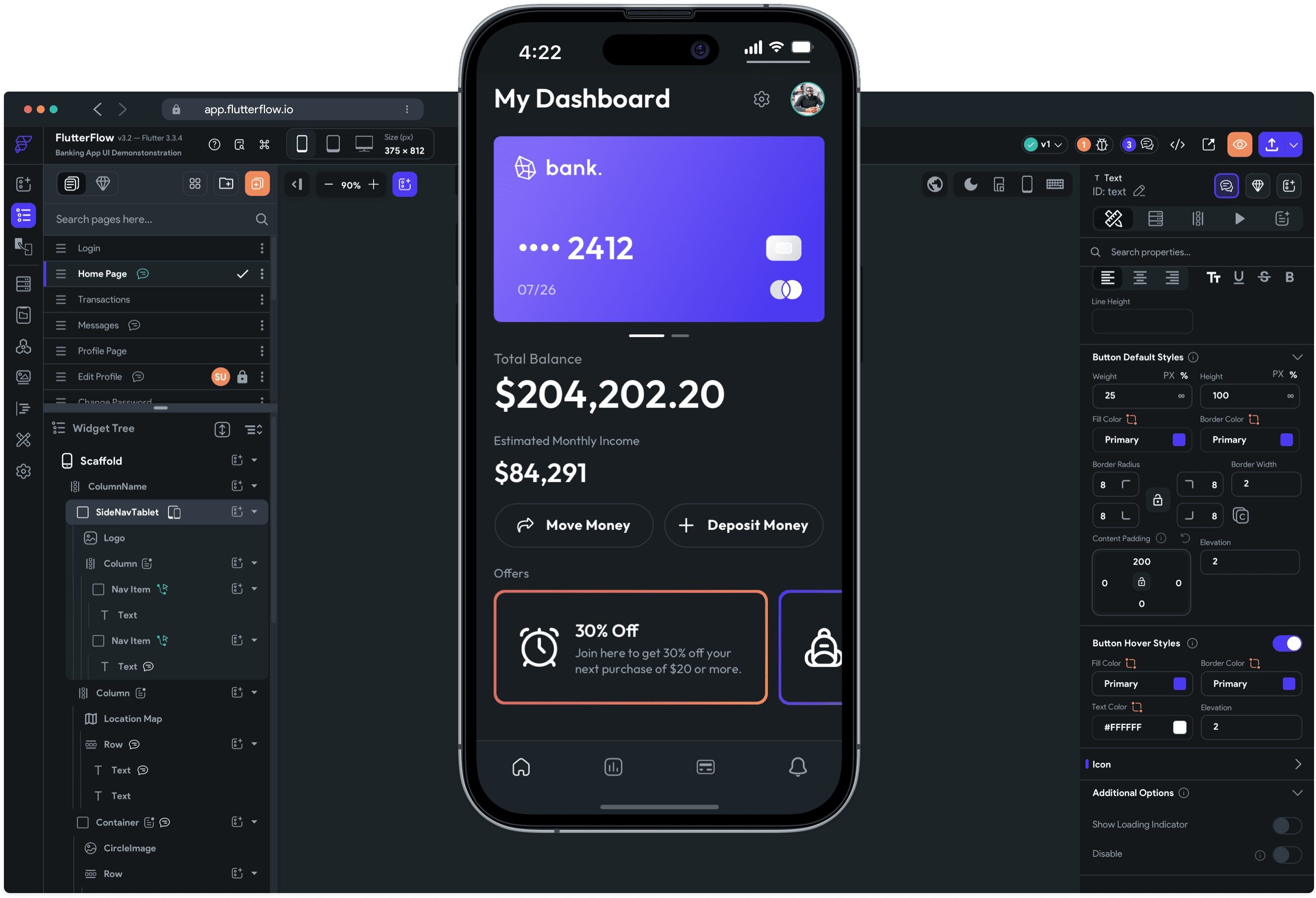Managing the finances of a startup can be a challenging task, especially when it comes to stretching your venture dollars. In the current market, raising follow-on financing is becoming increasingly difficult, which means that founders must be extra cautious with their spending. To navigate these financial challenges and ensure the longevity of your startup, we have gathered insights from three experienced venture capitalists (VCs) on how to optimize your budget and increase your runway.
Key Takeaway
To maximize your startup’s budget, it is crucial to always be in fundraising mode if you haven’t found traction with customers or generated revenue. Preparing a compelling vision, strong unit economics, and building genuine investor partnerships are vital for successful fundraising. Aim for at least 18 months of runway for a pre-seed startup, allowing room for experimentation and transition to substantial ARR. Lastly, knowing your burn rate and remaining cash balance instills confidence in investors and demonstrates your commitment to business success.
Timing is Key: When to Raise Your Next Round
According to Anamitra Banerji from Afore Capital, if you haven’t found traction with customers and aren’t generating revenue, it’s crucial to already be in fundraising mode. The goal of a seed-stage startup is to have as much runway as possible before reaching product-market fit. In the past, having around six months of runway was sufficient, but in the current market, it’s better to have more due to increased volatility.
Frédérique Dame of Google Ventures emphasizes that raising a Series A round is now trickier. Having the right vision and strong unit economics are crucial to secure funding. Merely presenting a path to profitability is no longer enough; building genuine partnerships with investors is essential to make the fundraising process smoother.
For a pre-seed startup, Banerji recommends having at least 18 months of runway. This timeframe allows for multiple attempts without overhiring and enables the flexibility to pivot if necessary. It also gives founders the opportunity to transition from the first few customers to a pathway that leads to $1 million in annual recurring revenue (ARR).
Despite the challenges of securing follow-on funding, Rick Yang of NEA highlights the availability of capital from angels, pre-seed funds, and seed funds. He suggests that founders can reasonably aim to raise $500K to $2 million within a couple of months’ timeframe.
Know Your Burn Rate and Cash Balance
One recurring piece of advice from all the panelists is the importance of knowing your burn rate and remaining cash balance by heart. Familiarizing yourself with these numbers demonstrates meticulousness and engenders confidence in investors. Rick Yang adds, “It gives me a lot of comfort when founders have obsessively considered every aspect of their business.”
By following these insights from experienced VCs, founders and startup teams can better navigate the financial challenges they face and increase their chance of success. Maximizing the startup budget is crucial to staying afloat and eventually thriving in the competitive market.







